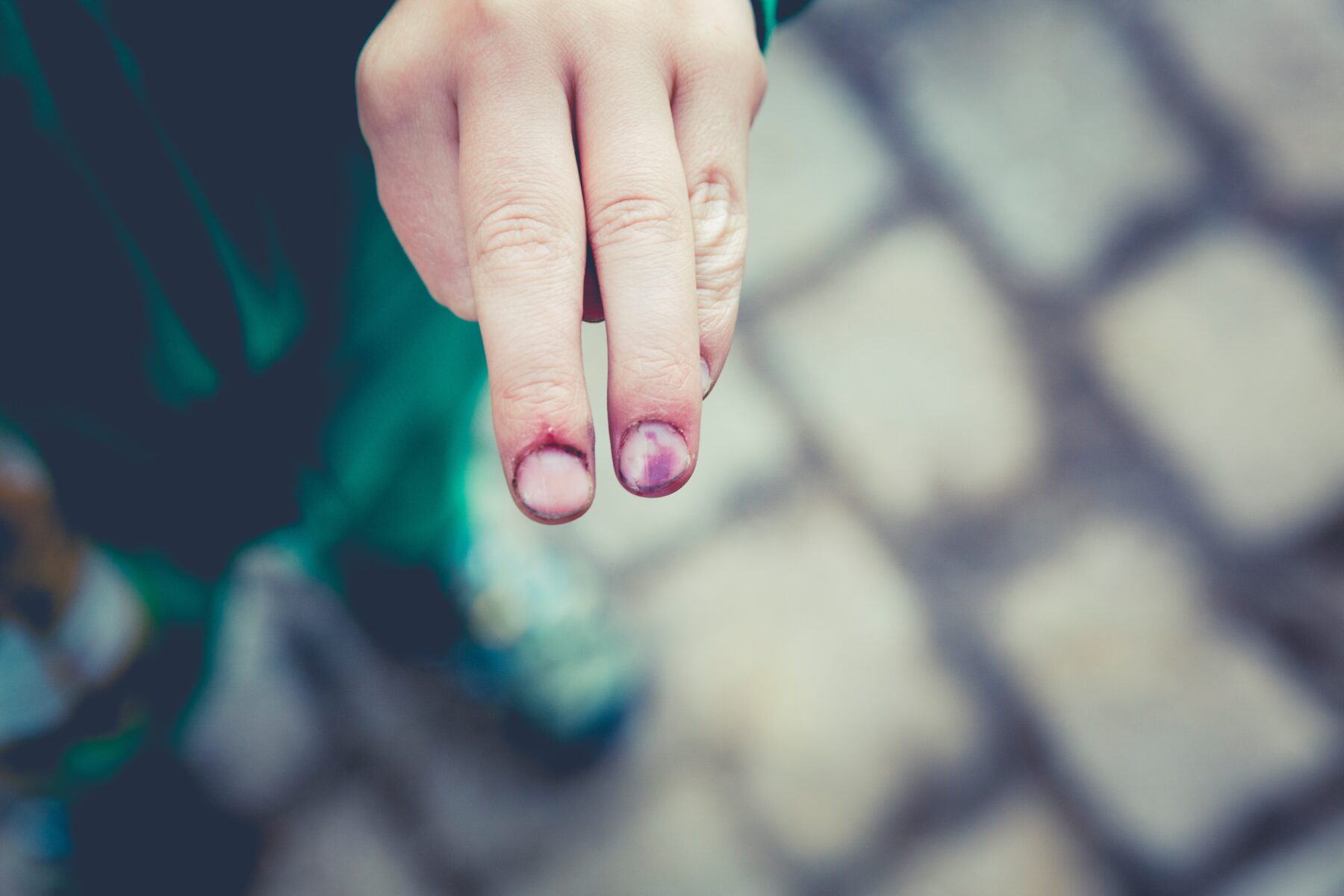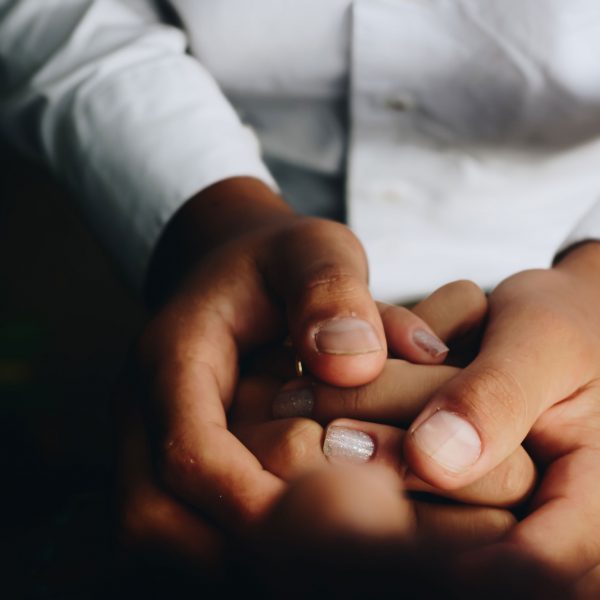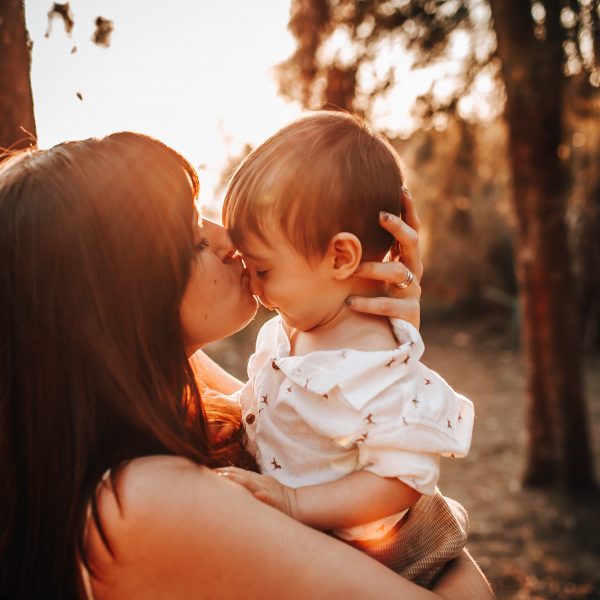Helping young children to manage bumps and bruises and rise resilient

Teaching children about pain from a young age can help them to better understand and respond to pain when they are older, new research from the University of South Australia has found.
Researchers identified five key approaches that caring adults, such as early childhood education and care (ECEC) professionals and parents can use when talking with young children about ‘everyday’ pain, and that can help their recovery and resilience after injury.
To reach their findings the researchers worked with children aged between two and seven years to investigate ‘everyday’ pains, also asking experts from fields like child health and psychology, experts in children’s development and resilience, along with parents and educators what they thought would promote children’s recovery and resilience after minor pains or injury.
With 80 per cent consensus across all experts, the most important messages were to:
- Teach children about the meaning of pain – pain is our body’s alarm system.
- Validate children’s pain – ensure they feel safe, heard, and protected, but don’t make a fuss.
- Reassure children after an injury – let them know that their body will heal, and the pain will pass.
- Support children’s emotions – let them express themselves but encourage them to regulate.
- Involve children in their recovery – encourage them to manage their pain (eg. get a bandaid).
Caring adults, lead researcher Dr Sarah Wallwork explained, play a critical role in helping children to learn about pain.
“Whether it’s falling from a bike or dealing with the often-dreaded vaccinations, everyday pain experiences are opportunities to promote positive pain-related beliefs and behaviours,” Dr Wallwork said.
“While it’s important to teach children that pain is our body’s alarm system and that it’s there to protect us, it’s equally important to understand that pain and injury do not always align.”
“As adults, one of the greatest pain management challenges is that we hold fundamental, life-long beliefs about how pain and recovery works. Often, when we get an injury, we believe that pain must follow; and conversely, if we feel pain, then we must have an injury – but as research shows, this isn’t always the case.”
For children, she continued, pain can be influenced by their emotions, with fear, hunger or tiredness all exacerbating symptoms.
“Teaching children that they can have some control over their pain – and that how they feel on the inside can influence this – empowers them to actively engage with their own pain management,” she continued.
“This can be age-appropriate too. So, for a very young child, empowerment might be getting a bandaid or a wet cloth, rubbing the area and distracting them, then telling them their injury is protected by the bandaid and that it is now safe to move on and play. For an older child, the process can be more involved.”
The key is to demonstrate to children that they are the healer, and they are actively involved in the healing process.
“By helping children learn about pain when they are young, we’re hoping to promote lifelong ‘helpful’ pain behaviours that will actively encourage recovery and prevent future pain problems.”
For further commentary on this research, please see here.
Popular

Practice
Provider
Quality
Research
Workforce
New activity booklet supports everyday conversations to keep children safe
2025-07-10 09:00:16
by Fiona Alston

Quality
Practice
Provider
Workforce
Reclaiming Joy: Why connection, curiosity and care still matter in early childhood education
2025-07-09 10:00:07
by Fiona Alston

Policy
Practice
Provider
Quality
Research
Workforce
Beyond the headlines: celebrating educators and the power of positive relationships in early learning
2025-07-07 10:00:24
by Fiona Alston













